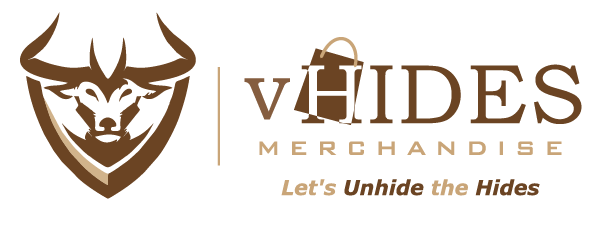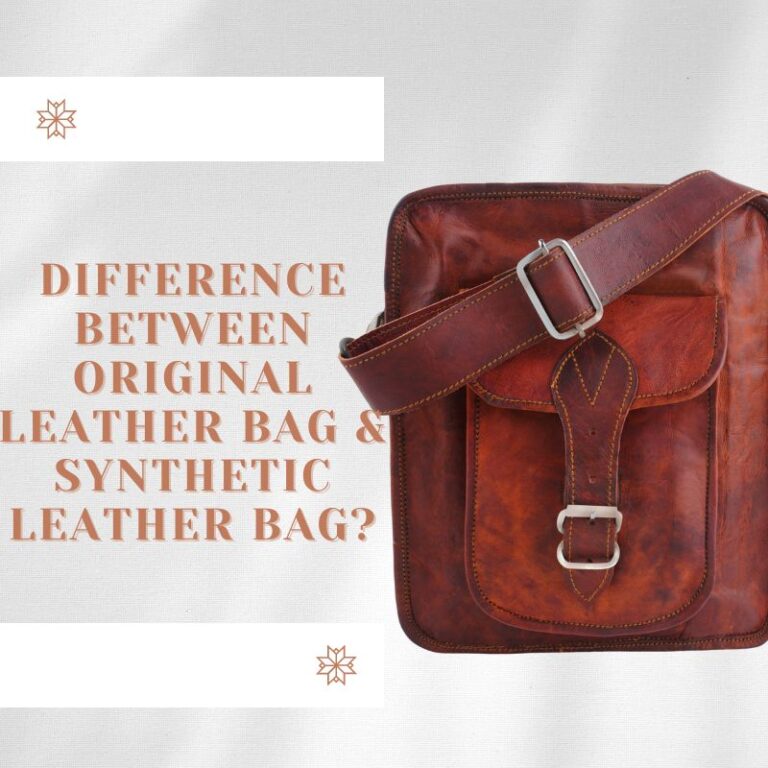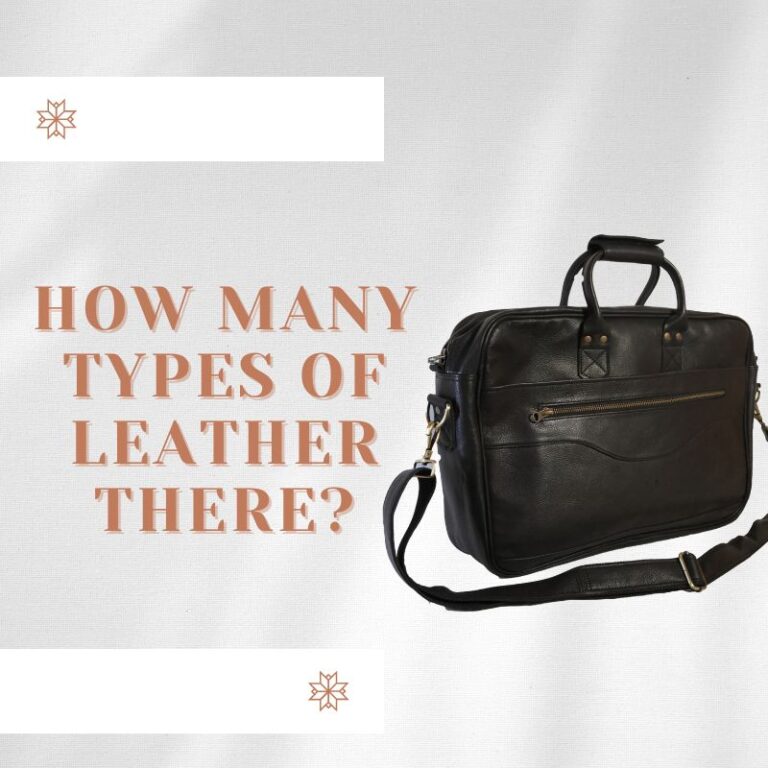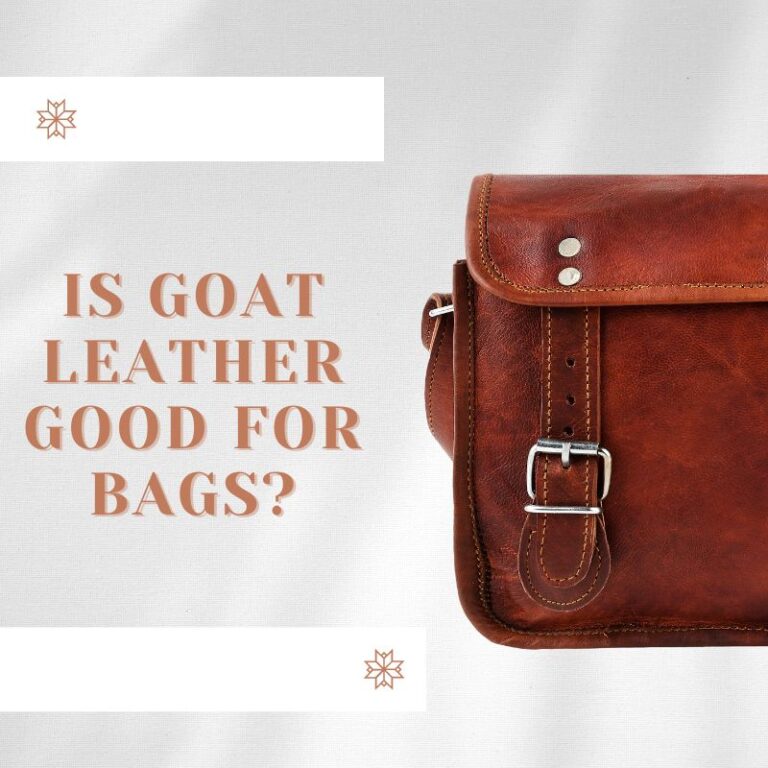Is there still a high demand for leather? Leather has been a staple material in fashion, upholstery, and various industries for centuries. Despite the emergence of synthetic alternatives and increasing sustainability concerns, leather continues to be highly sought after. In this blog, we’ll explore whether there is still a high demand for leather, its primary uses, and the factors driving its ongoing popularity. From luxury fashion to automotive interiors, leather’s durability and timeless appeal ensure its place in the market, even as the industry faces growing ethical and environmental scrutiny.
Is there still a high demand for leather-The Fashion Industry
The fashion industry is one of the largest consumers of leather. From jackets and shoes to handbags and belts, leather products are synonymous with style, durability, and luxury. High-end fashion brands often feature leather prominently in their collections, emphasizing its timeless appeal and premium quality. The demand for leather in fashion is driven by its versatility and the unique characteristics it brings to each product.
Footwear: Leather shoes are renowned for their comfort, durability, and ability to mold to the wearer’s feet. Both casual and formal footwear benefit from leather’s strength and breathability.
Apparel: Leather jackets and pants have long been fashion staples. Their rugged yet sophisticated look appeals to a wide range of consumers.
Accessories: Leather handbags, wallets, and belts are prized for their elegance and longevity, often seen as investment pieces.
Is there still a high demand for leather-Automotive and Aviation Industries
Leather is also a popular choice in the automotive and aviation industries, primarily for upholstery. Leather seats are associated with luxury and comfort, enhancing the overall aesthetic and value of vehicles and aircraft. The demand for leather in these sectors is driven by its durability, ease of maintenance, and the high-end feel it provides.
Automotive: Premium car manufacturers often offer leather interiors as standard or optional upgrades, appealing to consumers looking for a luxurious driving experience.
Aviation: In private jets and first-class cabins, leather upholstery is a common feature, reflecting a commitment to passenger comfort and high standards.
Is there still a high demand for leather-Furniture and Home Décor
The furniture industry also heavily relies on leather for upholstery. Leather sofas, chairs, and ottomans are favored for their durability, easy maintenance, and classic look. Leather’s ability to improve with age makes it an excellent choice for high-use items in homes and offices.
Residential Furniture: Leather furniture pieces are popular in living rooms and home offices, offering a sophisticated and timeless look.
Commercial Spaces: In offices, hotels, and restaurants, leather furniture exudes professionalism and comfort, contributing to a welcoming and upscale environment.
Is there still a high demand for leather-Sporting Goods and Equipment
Leather’s strength and flexibility make it ideal for various sporting goods and equipment. From baseball gloves to horse saddles, leather is used in products that require resilience and performance.
Equestrian Gear: Leather saddles, bridles, and boots are essential in equestrian sports, valued for their strength and durability.
Sports Equipment: Items like baseball gloves, cricket balls, and boxing gloves often use leather for its toughness and ability to withstand impact.
Is there still a high demand for leather-Technological Advancements and Innovations
The leather industry is not static; it continues to evolve with technological advancements and innovations. Sustainable and eco-friendly tanning methods are being developed to reduce environmental impact, addressing some of the ethical concerns associated with leather production.
Sustainable Leather: Innovations in tanning processes and the use of by-products help make leather a more sustainable choice.
Lab-Grown Leather: Emerging technologies are creating lab-grown leather, which mimics the properties of natural leather without the need for animal hides, potentially revolutionizing the industry.
Is there still a high demand for leather-Cultural and Historical Significance
Leather has cultural and historical significance in many societies. It has been used for centuries in traditional clothing, tools, and artifacts, symbolizing craftsmanship and heritage. This deep-rooted connection continues to drive demand, as people seek to preserve and celebrate their cultural heritage through leather products.
Despite the challenges posed by synthetic alternatives and sustainability concerns, there is still a significant demand for leather. Its unique properties, including durability, versatility, and timeless appeal, ensure that leather remains a popular choice across various industries. As the leather industry continues to innovate and adopt more sustainable practices, it is likely to retain its relevance and desirability for years to come. Whether in fashion, automotive, furniture, or sporting goods, leather’s enduring appeal shows no signs of fading.







